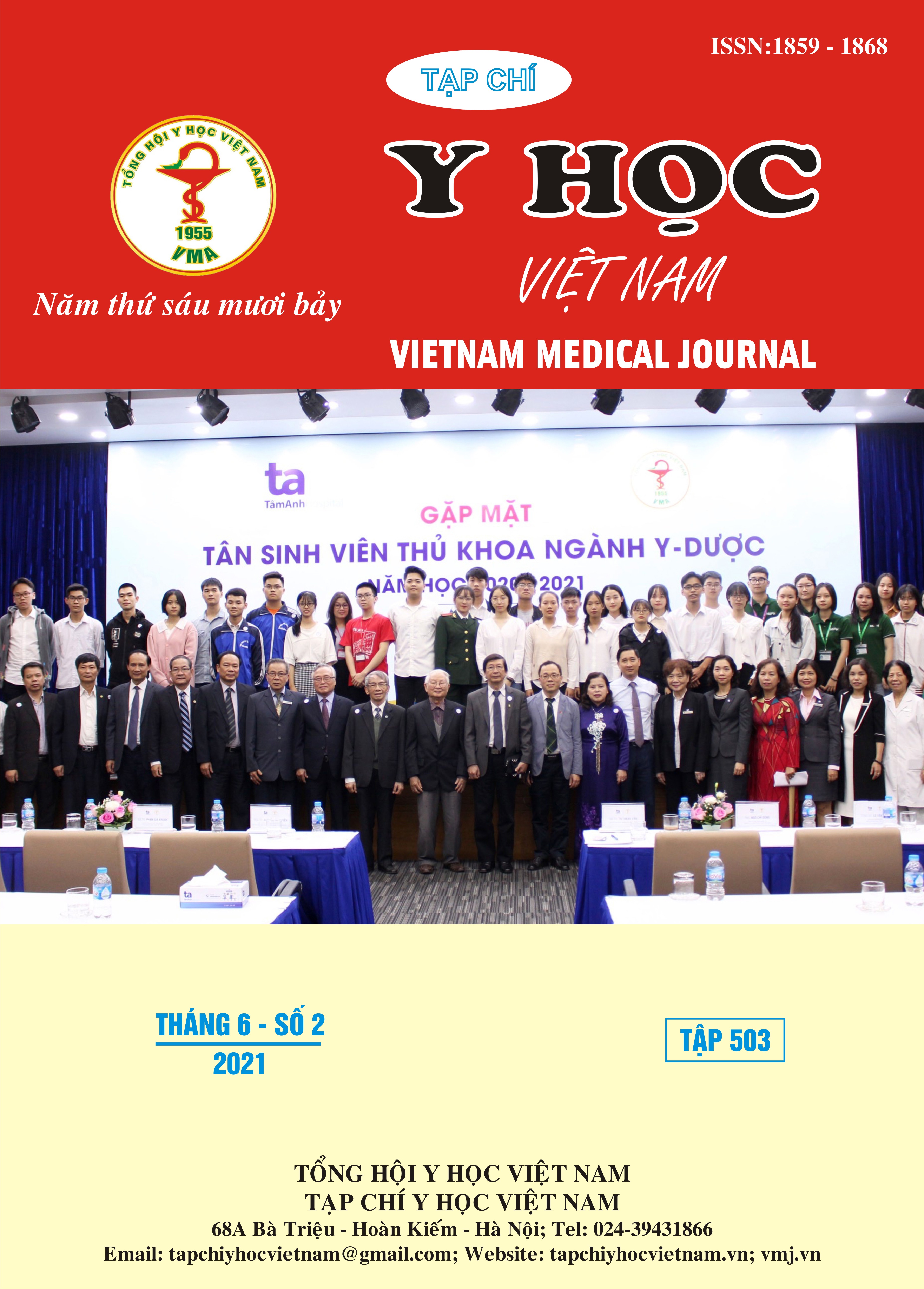APPLICATION OF 3D FDM IN PHARMACEUTICAL FORMULATION DESIGN: OPERATION FUNDAMETAL AND TECHNICAL CHALLENGES
Main Article Content
Abstract
3 dimension (3D) printing was utilized, for the first time, as a manufacturing platform for fabrication of pharmaceutical dosage forms in 2000 [1]. However, not until the first approval of Spritam by US. FDA in 2015, application of 3D printing in pharmaceutical sciences gained its growing interest. The technology is involving in the layer-by-layer deposition of materials to fabricate 3 dimension objects according to a digital model. The American Society for Testing and Materials (ASTM) classified 3D printing technology into 7 categories, namely material extrusion, material jetting, powder bed fusion, binder jetting, vat photopolymerisation, sheet lamination and directed energy deposition. 3D fused deposition modelling (FDM), a material extrusion based technique, is the most researched technique owing to its simple, low cost and highly flexibility. FDM allows to fabricate various dosage forms with highly complex geometries that offer a great potential to customize drug release profiles. This paper reviewed systematically the technical fundamental, requirements, step by step procedure and critical parameters of a 3D FDM process.
Article Details
Keywords
Three-dimension (3D) printing, 3D printed drugs, fused deposition modeling, material extrusion
References
2. Gaisford, A.W.B.a.S. (2018). 3D printing of pharmaceuticals.
3. Goyanes, A., Buanz, A.B., Hatton, G.B., Gaisford, S., and Basit, A.W. (2015). 3D printing of modified-release aminosalicylate (4-ASA and 5-ASA) tablets. European Journal of Pharmaceutics and Biopharmaceutics 89, 157-162.
4. Goyanes, A., Buanz, A.B., Basit, A.W., and Gaisford, S. (2014). Fused-filament 3D printing (3DP) for fabrication of tablets. International journal of pharmaceutics 476, 88-92.
5. Gioumouxouzis, C.I., et al. (2018). "A 3D printed bilayer oral solid dosage form combining metformin for prolonged and glimepiride for immediate drug delivery.". European Journal of Pharmaceutical Sciences, 120, 40-52.
6. Aho, J., et al. (2019). "Roadmap to 3D-printed oral pharmaceutical dosage forms: feedstock filament properties and characterization for fused deposition modeling." Journal of pharmaceutical sciences, 108, 26-35.
7. Xu, P., et al. (2020). "Development of a quantitative method to evaluate the printability of filaments for fused deposition modeling 3D printing.". International journal of pharmaceutics, 588, 119760.
8. Gebhardt, A., and Jan-Steffen Hötter. (2016). Characteristics of the Additive Manufacturing Process, Additive Manufacturing D, 3, 21-91.


